Nostalgia: Cork's Mardyke not so peaceful a walk now
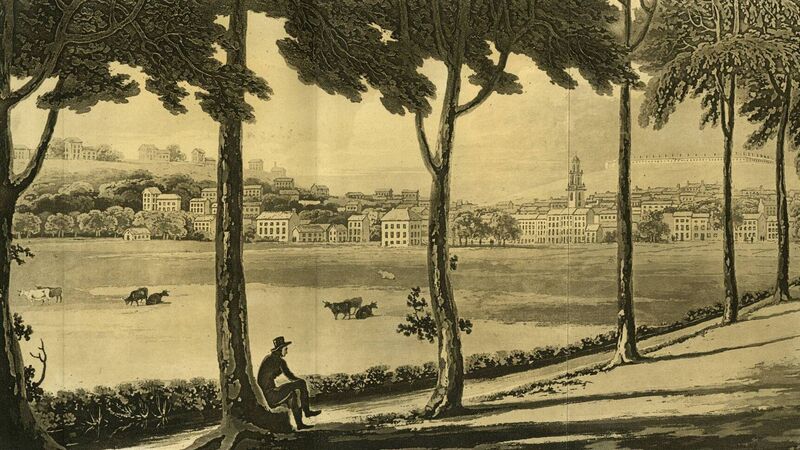
Mardyke Walk and its young elms with Shandon Tower in the background, along with Victoria (now Collins) Barracks Illustration: Courtesy, Cork City Library.
In its glory days, the Mardyke was a place of serene and unspoilt beauty.
It was about a mile long and, on both sides, magnificent, towering elm trees covered the entire walk. When in foliage, they offered a cooling shade to pedestrians from the hot sun.
This much-loved and greatly admired, fashionable promenade has been celebrated by generations of Corkonians in poetic verse and ballads.
The first attempt to develop the ancient, west marshlands occurred in 1719, when a Corporation committee, formed by Edward Webber, town clerk and descendant of a Dutch merchant, was given permission by the Boyles, Earls of Cork, destined to pass to the ducal Devonshires through marriage, to construct a raised embankment. This went through their isolated marshlands, westwards from today’s Sheares Street, to where the Lee divides, destined to be called Devonshire’s Weir, now the property of the Missionaries of the Sacred Heart.
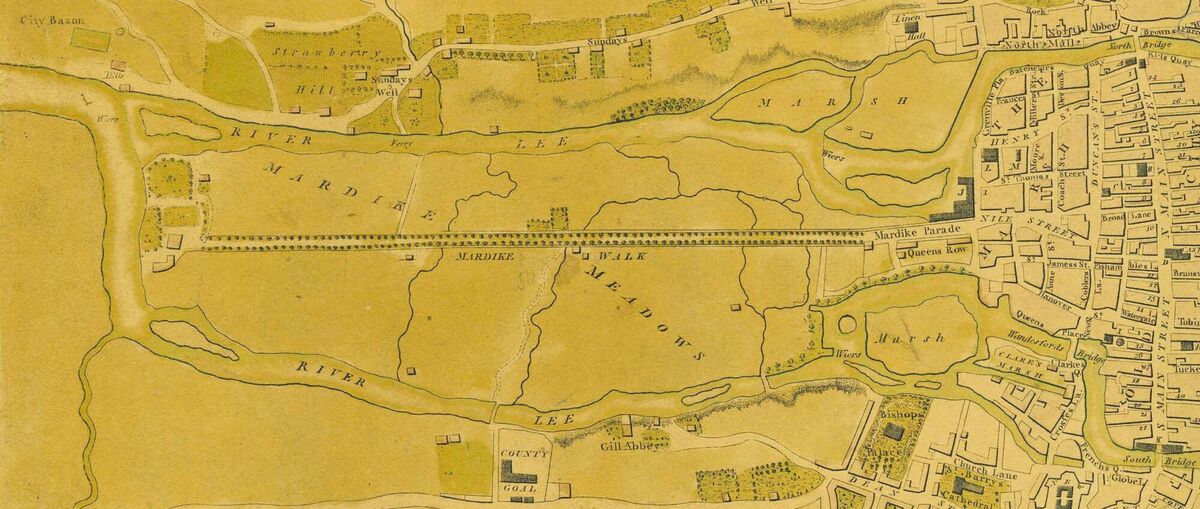
The Mardyke was constructed strictly as a walkway for pedestrians at the private expense of Webber, but its landscape and development were subsequently financed by public subscriptions. Webber named it the Mardyke after a promenade in Amsterdam called Meer Dyke, meaning a sea-dyke or embankment, to stop the encroachment of the sea.
Webber intended to erect an obelisk at Devonshire’s Weir to terminate the walk on this eleven-acre site, but, instead, decided upon a refreshment house, where strollers could enjoy a cup of tea and a hot cake, particularly on Sunday mornings and summer evenings. This was the era of the teahouse and tea garden.
Three years later he built the teahouse, the first of its kind in the growing commercial city. Fruit gardens and gravelly pathways were also laid out, with stone seats placed at intervals for the public.
This Dutch-style teahouse, with red bricks, was situated on the site of today’s Missionaries of the Sacred Heart Parish Centre. Webber’s narrow, hedge-lined pathway, about a mile long, became popularly known as the Red House Walk by those who frequented it, due to the colour of the teahouse.
This tea garden became a fashionable rendezvous, much frequented by the well-to-do of the city.
On fine, warm Sunday mornings, gentlemen wearing dyed-powdered wigs and clad in velvet, in the company of ladies dressed in fine crinolines, browsed around the much-admired, perfume-scented gardens; or sat on the stone seats sipping tea, watching the waters of the incoming Lee; or rested their eyes on the beauty of the valley, with Gill Abbey and its banks of rock dominating the south of the walk, prettily contrasted with the lush foliage of the wooded hills and waterfalls of Sunday’s Well on the north.
After the construction of Webber’s dyke, it was landscaped by B Wrixon Esq, who had the hedge-lined pathway widened and a gravelly surface laid.
Stone walls were erected along its banks to enclose it from the neighbouring marshlands. Elm trees were planted along both sides of the walk with stone seats, and alcoves placed at intervals for the comfort of the strollers.
After some time, these seats were removed and according to Corporation annals: ‘They were abused by the lower order of the people’. They were restored, however, in 1838, but replaced by wooden seats some years later.
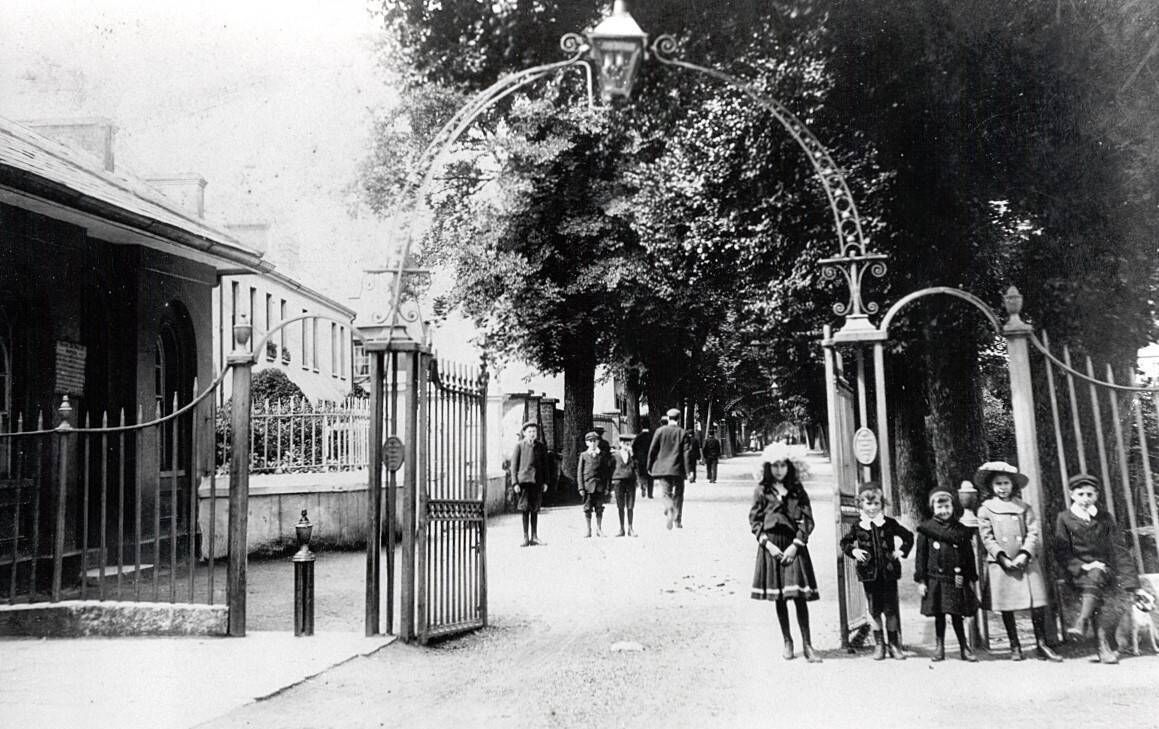
By the 1860s, the development of the walk had reached its peak, as the neighbouring fields were being developed for sporting amenities and private dwellings.
It changed from a fashionable promenade to a nursery ground for children and an open-air parliament for the unemployed. The site of the present Fitzgerald Park was the venue for the 1902/3 International Exhibition and, for the first time, the Mardyke was opened to vehicles. When the exhibition was over, the gates were allowed to remain open at night.
Another popular spot on the Dyke was the Band Field, where Corkonians sat in the shade of the old trees, chatted, smoked a pipe or read the newspaper, enjoying the solitude and sunshine.
On warm Sunday afternoons, however, the scene changed: Neighbours and friends, parents and their children, gathered in throngs to listen to the cheery music, rendered for their entertainment and pleasure by the brass bands, which were highly regarded and admired by young and old.
Cork’s Mardyke Walk is a much-revered part of our heritage, but it had to make way for the immense flow of 20th-century traffic, which now speeds remorselessly from morning ’til night along this once undisturbed and peaceful, shady avenue.
It’s a world away from the following account, published in 1867: ‘It’s nearly always deserted: indeed, on the finest day in summer you may walk the Dyke without meeting a soul, unless perhaps a few nursery maids and their youthful charges airing themselves.’
- Cork City Library Files – (Photograph: Wilkie Collection. Courtesy: Cork City and County Archives).
- CJF MacCarthy files.
- Cork Historical/Archaeological Society Journals.
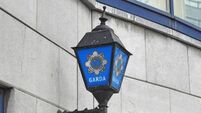
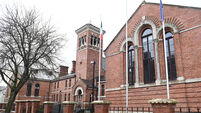
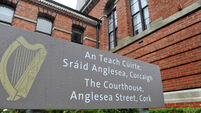
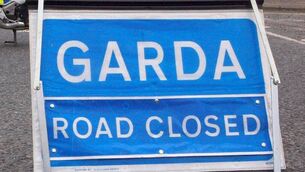



 App?
App?


